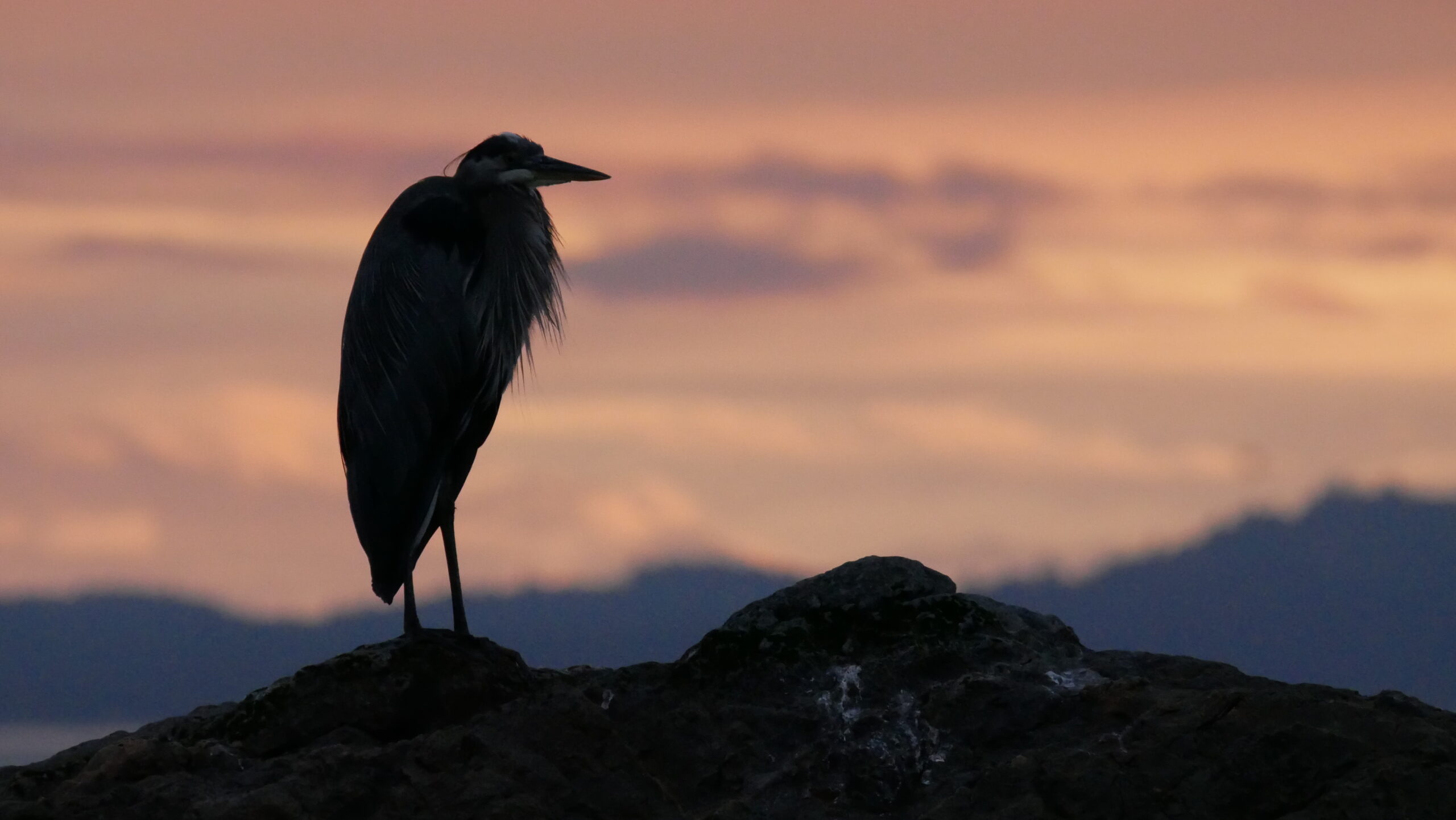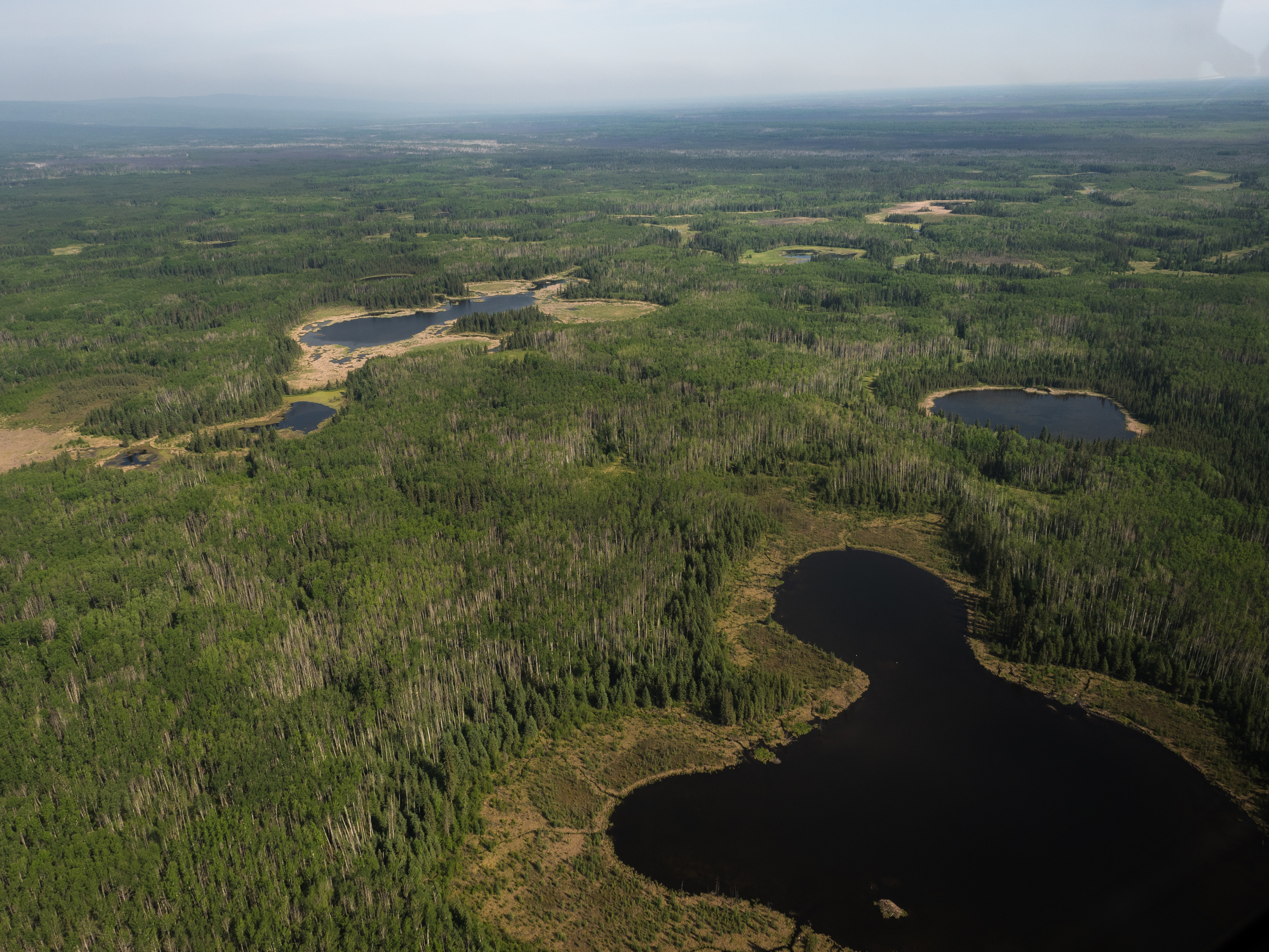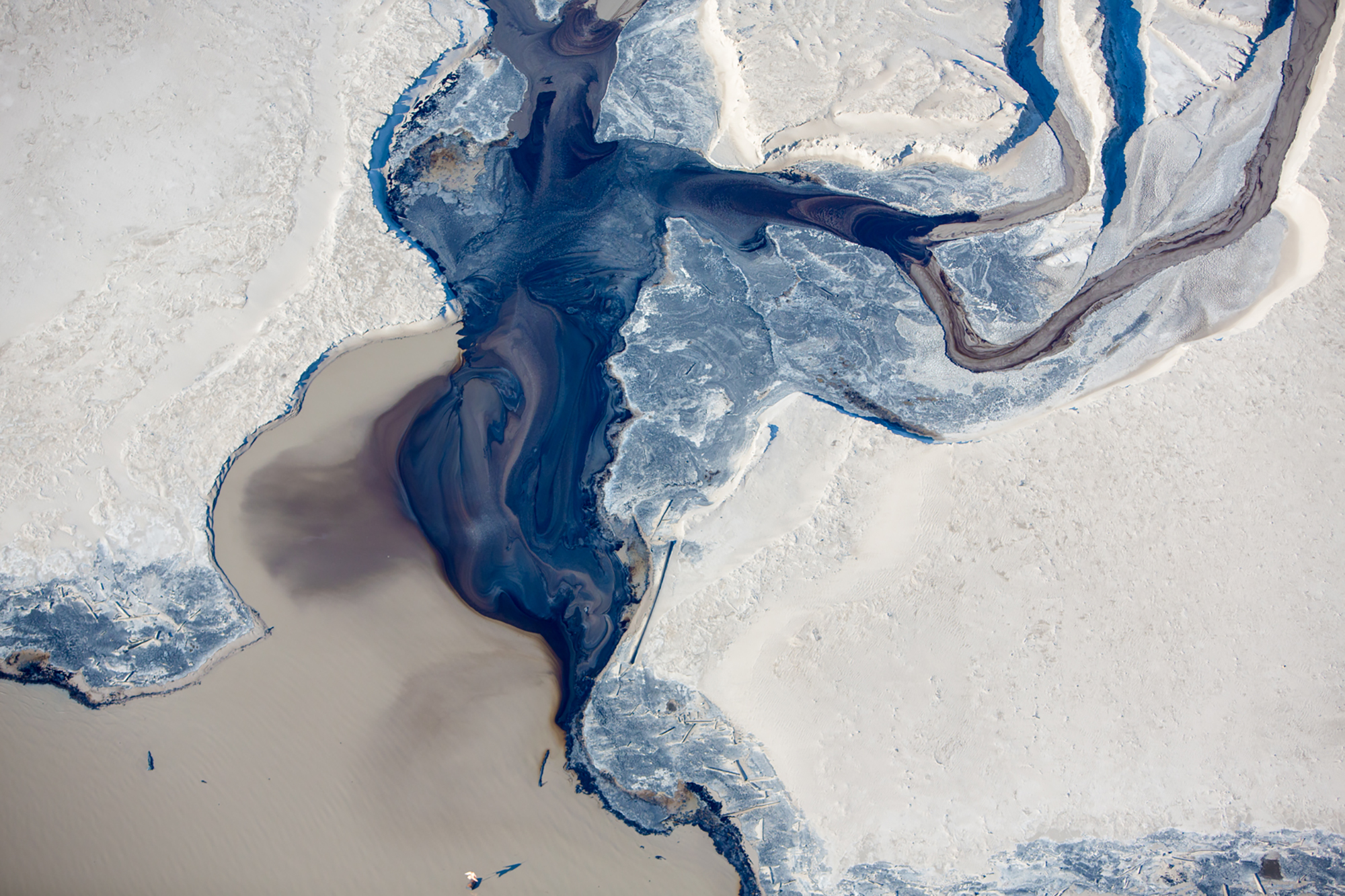
Ontario’s public service heads back to the office, meaning more traffic and emissions
For 15 years and counting, my commute from Mississauga to Toronto has been mired by...
At COP15, the United Nations Biodiversity Conference, Canada focused on biodiversity protection, meaningful partnership with Indigenous Peoples and science-based policies.
Yet when the rubber hits the road on each of these priorities with cases like the oilsands tailings ponds, Canada is headed the wrong way. It is time for the government to put a stop to the oil industry’s toxic takeover of lands.
Tailings ponds are industry-made reservoirs the size of lakes that store nearly 1.4 trillion litres of toxic byproduct from oil production. They cover vast swaths of the boreal forest in Northern Alberta, currently taking up over 300 square kilometres — enough to cover the city of Paris three times over. They contain dangerous chemicals such as ammonia, lead, mercury, benzene and naphthenic acids, and are known to leak and evaporate their toxic content into the surrounding environment.

More than one million migratory birds fly over the oilsands region during their spring and fall migrations, including endangered species such as whooping cranes. Birds mistake tailings “ponds” for safe rest stops along their migratory route and either perish or suffer later on due to the acute toxicity of the mixture.
Fish have been spotted with tumours, while Indigenous communities using the land report a noticeable decline in wildlife in the area, from big caribou to small muskrats. The very existence of the “ponds” destroyed hundreds of square kilometres of carbon-sequestering peatlands, which cannot be restored.
Tailings pollution in the oilsands is a symbol of colonial injustice. Since the creation of the “ponds,” the nations downstream of the oilands, including Mikisew Cree First Nation, have been participating in federal and provincial consultations, monitoring programs and environmental assessments.
Not once in nearly fifty years, since the oilsands operations began had there been an acknowledgment of the risks posed by the tailings — despite the nations voicing their concerns for ecological and human wellbeing and asking for adequate risk studies to be conducted.
Now, a new plan is being hatched in the oilsands: oil companies want to flush partially treated tailings ponds into the Athabasca River, which the Fisheries Act currently forbids.
Canada has been considering obliging the industry’s request. But if Canada is sincere about its commitment to science-based policy, it should listen to the scientists calling for an independent risk assessment of the proposed release. Any authorized release should also commit to the highest possible water-quality standards.
The ecological value of the potentially impacted area can not be overstated. The Athabasca River is one of the headwaters of the Mackenzie River Basin, the largest watershed in Canada and the most intact large-scale ecosystem on the continent. As an integral part of the Arctic drainage basin, it is the Arctic Amazon. The nearby Wood Buffalo National Park, a UNESCO World Heritage Site, is already in jeopardy due to industrial activity in the area and the threat of tailings release.

The communities and species of the area already feel the cumulative impacts of oilsands exploitation and other industrial activity. While operators tout the safety of their operations, there are already numerous ways in which oilsands waste is released to the environment, from aerial emissions and deposition of volatile compounds, seepage to groundwater and release of other industrial wastewaters.
Mikisew Cree First Nation experiences high rates of auto-immune disease and rare cancers, especially bile duct cancer. Despite these alarming cases, there has been no baseline health study to attempt to understand the causes.
Canada must make a public commitment that it will not move forward in authorizing the release without the consent of the impacted nations. Dene lawyer Daniel T’seleie argues Canada has a legal obligation to obtain the consent of all nations impacted by the release due to its passing of Bill C-15, which stipulates “Canada must take all measures necessary to ensure that its laws are consistent with the United Nations Declaration on the Right of Indigenous Peoples.”

Canada must also bring Indigenous nations, oilsands operators and relevant provincial authorities to the same table and negotiate a plan for fulsome reclamation of the area, paid for by the operators.
Finally, Canada must ensure that solutions to the tailings issue are supported by thorough and independent risk assessment to align with Minister of Environment and Climate Change Steven Guilbeault’s statement during COP15 that “this government’s core value is science underpinning policy.”
We will be watching the government’s actions very closely to see if they align with those values.
Enbridge Gas will face Waterloo Region in a hearing before the Ontario Energy Board to renew an agreement that would allow the company to continue...
Continue reading
For 15 years and counting, my commute from Mississauga to Toronto has been mired by...

For our last weekly newsletter of the year, we wanted to share some highlights from...

The fossil fuel giant says its agreement to build pipelines without paying for the right...